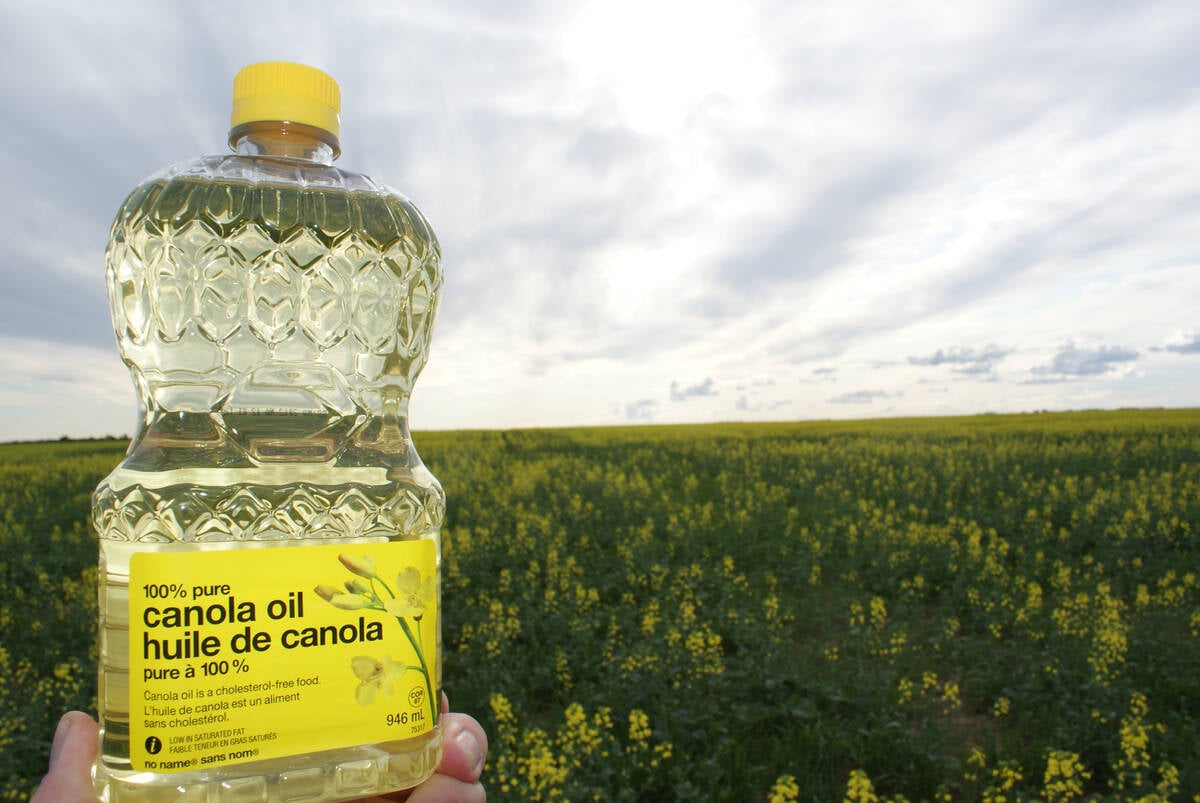Dozens of hands waved in the air when Dave Pratt asked an audience of
cattle producers how many of them could make a better burger than
McDonald’s.
But only one hand shot up from among hundreds of audience members when
Pratt asked how many of them could run a business better than the
fast-food restaurant giant.
Pratt’s point: “It’s not enough to have a product. Somebody has to
figure out how to run the business.”
Read Also

Rising vegetable oil demand may offset bad biofuel news
Global biodiesel/renewable diesel production is expected to decline for the first time in a decade. Bad timing for a canola industry looking for new markets.
Pratt is president of Ranch Management Consultants in Fairfield,
California. He teaches the Ranching For Profit School program in Canada
and the United States.
Speaking at the Manitoba Grazing School in Brandon last month, he
encouraged producers to think as much about business strategies as
production practices on their ranches.
He contends that most cattle producers are operating at a loss. They do
not devote enough time to making business decisions that will make
their ranches profitable.
He said the time to start making those decisions is now, rather than
when cattle prices tumble.
“Somebody told me the other day that man’s a funny animal. He doesn’t
see the writing on the wall until his back is up against it. We tend to
wait until we’re in trouble.”
Producers were advised to spend at least two mornings a week working on
planning and management decisions.
During the grazing school, Pratt outlined what he considers the three
secrets to increasing profit: reduce overhead costs; improve gross
margin per unit; or increase turnover.
He encouraged producers to review those three things in their own
operations. Each ranch will differ in terms of which factor holds the
key to improving profit, he said.
Pratt defined overhead as land and labour. Land includes things like
fencing, property taxes, leases and water trough repairs. Labour takes
in salaries and benefits, as well as vehicles and equipment costs.
While economists sometimes call them fixed costs, they are not fixed,
said Pratt, since they can be changed. “That is one of the three
secrets for increasing profit.”
Pratt said this formula is a way to measure the efficiency of a
livestock operation. He calculates it by subtracting the direct costs
of production (feed, health, freight, marketing commissions and
interest on livestock loans) from gross product.
Gross product refers to the gross value of production. That includes
livestock sales minus purchases. Changes in herd value are also taken
into account.
Gross margin per unit is calculated by dividing the total gross margin
by the number of animals in the herd.
If the gross margin is too low, it is either because direct costs are
too high or gross product is too low, Pratt said. Gross product can be
too low either because prices aren’t adequate or production isn’t high
enough. Production includes not only the number of animals raised but
also their gains.
Turnover is the number of animal units carried on the ranch.
According to Pratt, if gross margin is positive, increasing turnover
will increase profit, provided it doesn’t raise overhead costs or
damage the resource base.
If gross margins are healthy and there’s no room left to cut overheads,
turnover is probably the most promising way to increase profit, Pratt
said.
He suggested producers don’t spend enough time on management because
their experience growing up on a farm was based more on pounding fence
posts, dehorning cattle and driving tractors than on sitting down with
a pencil and calculator to crunch numbers.
“I bet you all have great ideas,” he said. “You know something that
would benefit your business and you’re not doing it. Why is that? Why
is that?”














